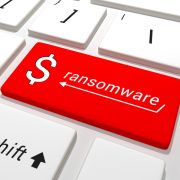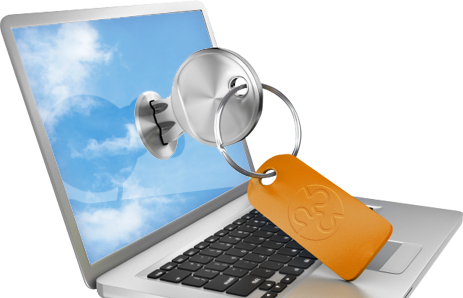SMBs Benefit from Tech and Policy Mashup
Westborough, MA – Faced with increasing regulations and a changing technology landscape, small and midsize businesses (SMBs) struggle to ensure compliance and maintain data privacy. With the sophistication of rasonmware attacks and advanced persistent threats, employee awareness and behavior is more important than ever. Cloud technology makes it easier to share, even when sharing is not appropriate.
To help SMBs tackle these challenges, Cumulus Global (www.cumulusglobal.com) and Privacy Ref (www.privacyref.com) announced a unique partnership designed to help SMBs assess their needs and risks, plan and implement sound privacy practices, and respond to threats and potential breaches.
“Smaller businesses face the same regulations and requirements of large corporations,” noted Bob Siegel, Founder and President of Privacy Ref. “SMBs generally do not have the internal resources and expertise to create and manage a privacy program. This partnership gives SMBs a place to turn for guidance, expertise, and results.”
In addition to privacy assessments and policy updates, the Privacy Education Programs provides SMBs with the awareness education and training needed to ensure employees understand the risks and their role in preventing attacks and breaches.
“Our role is to ensure businesses can avoid and prevent malware attacks and data breaches,” noted Allen Falcon, CEO and Pragmatic Evangelist at Cumulus Global. “We ensure that the protecting technology, policies and procedures, and people are working together for the greatest level of protection.”
Through the partnership, SMBs also gain access to a range of data protection and recovery services and tools. These tools help prevent attacks and breaches and facilitate response and recovery if needed.


 The cyber criminals behind ransomware see their efforts as a volume business. Charge too much, and victims will not pay. Targeting businesses and organizations in wealthier countries and in cities where people and businesses are most likely able to pay, the typical ransom is often about $500. More recently, we have heard of ransoms between 1 and 2 bitcoin (about US$600 to US$1300).
The cyber criminals behind ransomware see their efforts as a volume business. Charge too much, and victims will not pay. Targeting businesses and organizations in wealthier countries and in cities where people and businesses are most likely able to pay, the typical ransom is often about $500. More recently, we have heard of ransoms between 1 and 2 bitcoin (about US$600 to US$1300).
 Most malware and virus protection takes the form of
Most malware and virus protection takes the form of 

